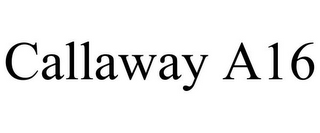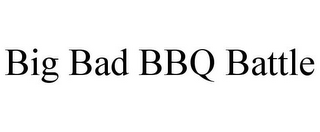Computer game software; video game programs; and computer software platforms for social networking; interactive video game programs; downloadable electronic game programs and computer software platforms for social networking that may be accessed via the internet, computers and wireless devices; computer software to enable uploading, posting, showing, displaying, tagging, blogging, sharing or otherwise providing electronic media or information in the fields of virtual communities, electronic gaming, entertainment, and general interest via the Internet or other communications networks with third parties; electronic casino table games; downloadable virtual goods, namely, consumer goods for use in online virtual worldsAccording to the application, the Estate is not using actress's name in association with these goods yet, but has a bona fide intention to do so in the near future.
The Estate's website appears to indicate that a mobile application called "Monroe's Moments" is already available for download. Given the nature of this trademark application, however, it appears a more in-depth computer/video game with Marilyn Monroe's likeness is in the works.



